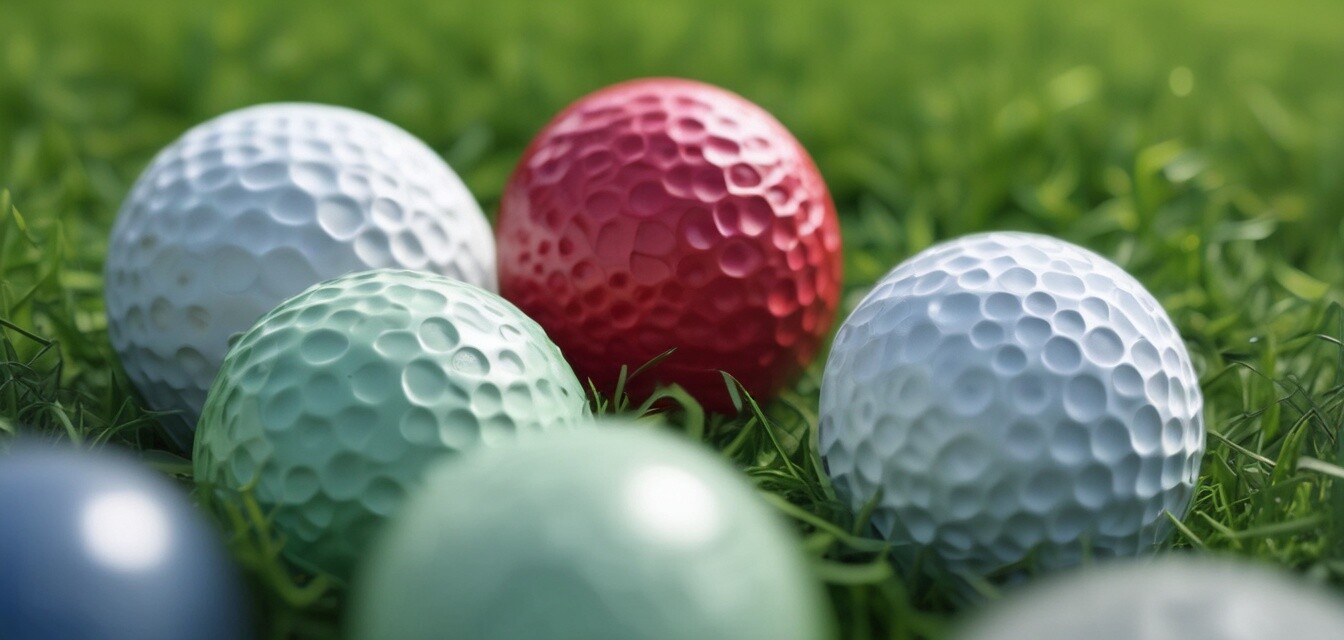
The evolution of golf balls: What's new in 2025
Key Takeaways
- The golf ball technology has evolved significantly, focusing on distance, control, and feel.
- Materials like urethane and new core designs are enhancing performance.
- Understanding the features of golf balls can help improve your overall game.
- Choosing the right golf ball can depend on your playing style and conditions.
Golf balls have come a long way since the days of feather-stuffed leather spheres. As we move into 2025, advancements in golf ball technology are set to redefine how golfers play the game. Understanding what’s new and what features to consider can give you a competitive edge on the course.
Advancements in golf ball technology
The evolution of golf balls has centered around improving performance in terms of distance, accuracy, and control. Here are some of the key advancements:
| Technology | Description |
|---|---|
| High-energy core | These cores are designed to maximize energy transfer during impact, resulting in increased distance. |
| Multi-layer construction | This design offers different layers for various performance traits such as softness for feel and hardness for distance. |
| Innovative cover materials | Newer materials have enhanced durability and improved spin control while keeping the ball soft. |
Features to look for in golf balls
When choosing golf balls for 2025, consider the following features:
- Compression: Affects ball feel and distance; lower compression balls are softer, while higher compression ones are firmer.
- Spin Rate: Important for controlling shots around the green. Higher spin rates provide better control.
- Durability: Look for balls that can withstand wear and tear, especially if you practice often.
- Feel: This is subjective but crucial; try different balls to see which feels best for your swing.
How new technology can improve your game
In 2025, the right golf ball can significantly improve your game. Here’s how:
Distance
Golf balls with high-energy cores can help you achieve longer drives, which is crucial for lowering your score.
Control and Spin
With improved cover materials, players can better control their spin, allowing for more accurate short game shots.
Personalization
Today’s golfers can find balls designed for their specific swing speeds and styles, making it easier to find the perfect match.
Popular types of golf balls in 2025
The market is flooded with options. Here are some popular types of golf balls that stand out:
| Type | Best For | Key Features |
|---|---|---|
| Distance Balls | Power hitters | High-speed core for longer drives |
| Spin Balls | Short game specialists | Soft cover for better spin control |
| All-purpose Balls | General players | Good balance of distance and feel |
The impact of materials on performance
Modern golf balls utilize advanced materials that cater to various playing conditions. Understanding these materials can help you make a better choice:
- Urethane: Offers a softer feel with greater spin control, preferred by many professionals.
- Ionomer: Commonly used for distance balls, provides durability and low spin.
- Thermoplastics: Enhances cover durability while maintaining a soft feel.
Pros
- Improved distance and control with advanced technology.
- Customizable options help fit individual player needs.
- Enhanced durability means less frequent replacements.
Cons
- Higher price points for premium models.
- Many options can confuse beginners.
- Not every ball works for every player, requiring testing.
Conclusion: Choosing the right golf ball
As we look towards 2025, the evolution of golf balls is marked by innovation and customization. Understanding the advancements and features available in today’s market can significantly impact your game. Whether you’re a distance hitter or a short game specialist, selecting the right golf ball tailored to your playing style will undeniably help enhance your performance on the green. For additional resources, check out our buying guides or explore the latest news in golf technology in our news and trends section.